
Search Results for asteroids




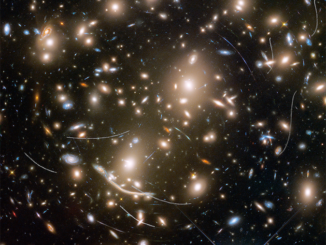
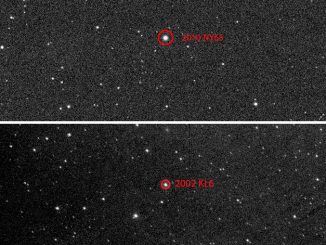
A unique project to track two asteroids for Asteroid Day 2016
Las Cumbres Observatory have partnered with Asteroid Day 2016 and Universe Awareness to create a website which allows you to use a global network of robotic telescopes to take pictures of two asteroids — 2002 KL6 and 2010 NY65 — currently passing close to Earth. On the website you can join the international campaign to study and raise awareness about asteroids.

Meteorites delivered water ice to asteroids in early solar system
Planetary scientists have discovered pieces of opal in a meteorite found in Antarctica, a result that demonstrates that meteorites delivered water ice to asteroids early in the history of the solar system. Opal, familiar on Earth as a precious stone used in jewellery, is made up of silica (the major component of sand) with up to 30 percent water in its structure.
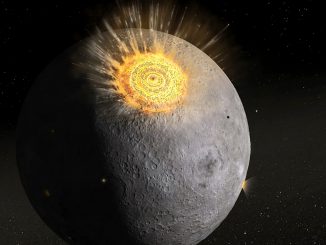
Asteroids identified as source of Moon’s water
According to a new international study, most (>80 percent) of the water inside the Moon was delivered by asteroids similar to carbonaceous chondritic meteorites during the early lunar evolution, approximately 4.5—4.3 billion years ago. A similar delivery of water to the Earth would have been occurring within this same interval of time.
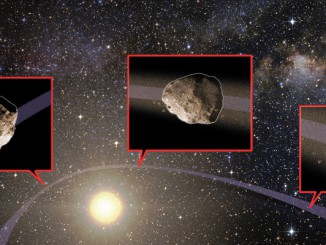
Mystery of disappearing asteroids solved
Ever since it was realised that asteroid and comet impacts are a real and present danger to the survival of life on Earth, it was thought that most of those objects end their existence by plunging into the Sun. But a new study finds instead that most of those objects are destroyed in a drawn out, long hot fizzle, much farther from the Sun than previously thought.
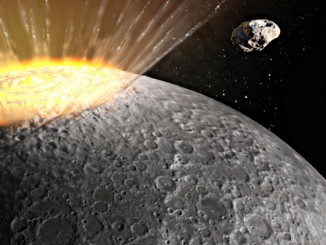
Asteroids found to be the Moon’s main ‘water supply’
Water reserves found on the Moon are the result of asteroids acting as “delivery vehicles” and not of falling comets as was previously thought. Using computer simulation, scientists from the Moscow Institute of Physics and Technology and the RAS Geosphere Dynamics Institute have discovered that a large asteroid can deliver more water to the lunar surface than the cumulative fall of comets over a billion year period.
